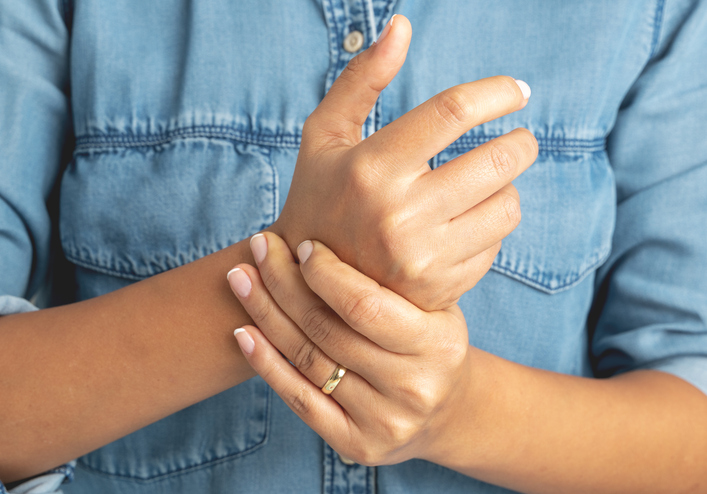Although FOOSH sounds like a sound the Lorax would make in a Dr. Seuss story, a FOOSH (Fall onto an Outstretched Hand) injury is serious and can lead to several types of damage. A FOOSH injury commonly occurs when someone tries to break a fall with their hands, resulting in damage to the wrist, forearm, or shoulder. They can affect anyone, but are especially prevalent among athletes, children, and older adults at risk of falling. The providers with the Syracuse Orthopedic Specialists’ (SOS) Hand & Wrist Team, led by board certified, fellowship trained, award-winning orthopedic surgeons offer patients presenting with a FOOSH injury comprehensive treatment.

FOOSH injuries typically occur when an individual loses their balance and instinctively stretches out their arms to catch themselves. This can happen during various sports, in an accident, or losing balance. The impact of a FOOSH injury can lead to several types of damage, depending on the force of the fall and the position of the hand at the time of impact. Common injuries include, wrist fractures, sprains and strains, or bruises and contusions. Symptoms can vary based on the severity and type of injury but often include pain, swelling, bruising, limited mobility, or deformity.
Treatment for FOOSH injuries varies depending on the severity of the injury, but generally involves rest, ice, compression, and elevation (RICE), along with potential immobilization with a splint or cast, physical/occupational therapy, and in some cases, surgery. Early intervention and seeking professional medical advice are crucial for optimal healing and recovery. Patients visiting SOS will be evaluated by an SOS provider who will determine the patient's course of treatment, which may be non-operative or require surgery. Often patients may be referred to therapy.
“Our Occupational Therapists work with patients that suffered FOOSH injuries on a daily basis,” says Benjamin Brightman, MS OT/L, CHT, Hand Site Supervisor, SOS Orthopedic & Sports Therapy. “A FOOSH can require the care of our therapists and frequently patients attend hand therapy following surgical intervention.” Therapy focuses on managing symptoms of pain, increasing range of motion and strength all with the goal of returning the patient to maximal function.
 Although accidents happen and are unpredictable, certain precautions can reduce the risk of a FOOSH injury. Always be aware and cautious of your surroundings and condition of walking surfaces. Wear appropriate footwear for the weather and activities you take part in to prevent slipping or tripping. “The weather in Central New York plays a large factor in the frequency of FOOSH injuries. In the winter, slippery walkways increase the frequency of FOOSH injuries, says Brightman. “Keeping sidewalks clear and wearing proper footwear can help to decrease the frequency of falls and potential injuries.”
Although accidents happen and are unpredictable, certain precautions can reduce the risk of a FOOSH injury. Always be aware and cautious of your surroundings and condition of walking surfaces. Wear appropriate footwear for the weather and activities you take part in to prevent slipping or tripping. “The weather in Central New York plays a large factor in the frequency of FOOSH injuries. In the winter, slippery walkways increase the frequency of FOOSH injuries, says Brightman. “Keeping sidewalks clear and wearing proper footwear can help to decrease the frequency of falls and potential injuries.”
If you have vision problems, have them treated. Incorporate exercises that enhance stability, such as yoga, Pilates, or specific weight-training routines. Brightman counsels, “If you feel like you are having difficulty with balance speak to your physician or Physical Therapist to explore balance programs.”
Understanding the causes, symptoms, and treatment options for FOOSH injuries can help individuals respond effectively if they experience one. Acting quickly and seeking appropriate medical care can lead to a smoother recovery process. Experts at the SOS Hand & Wrist Center are ready to help. To schedule an appointment please call 315-251-3162 or request an appointment online.
